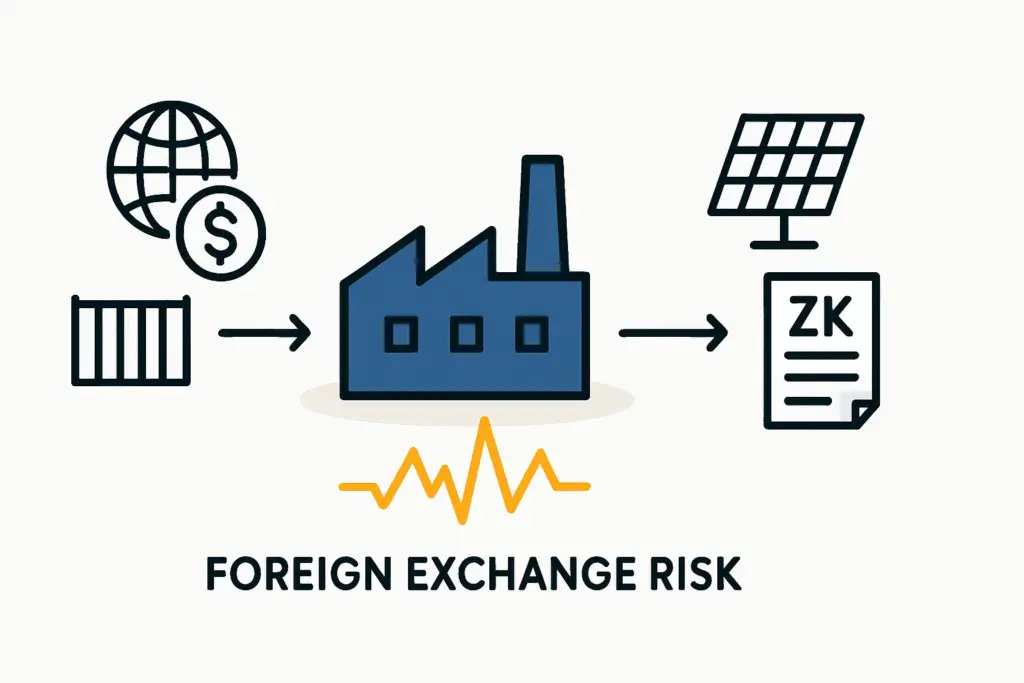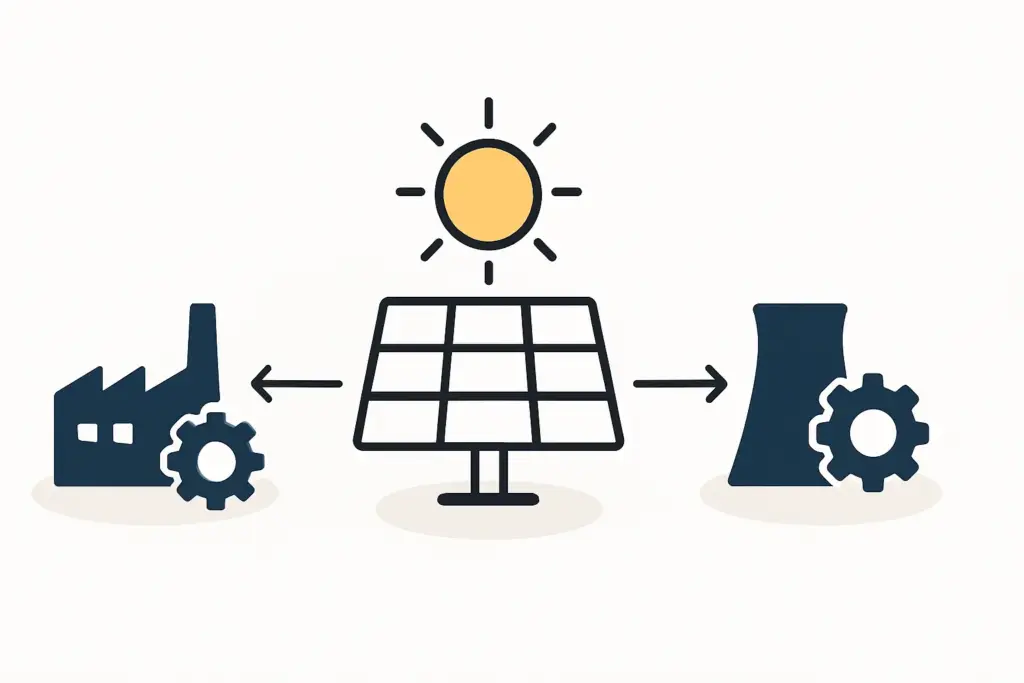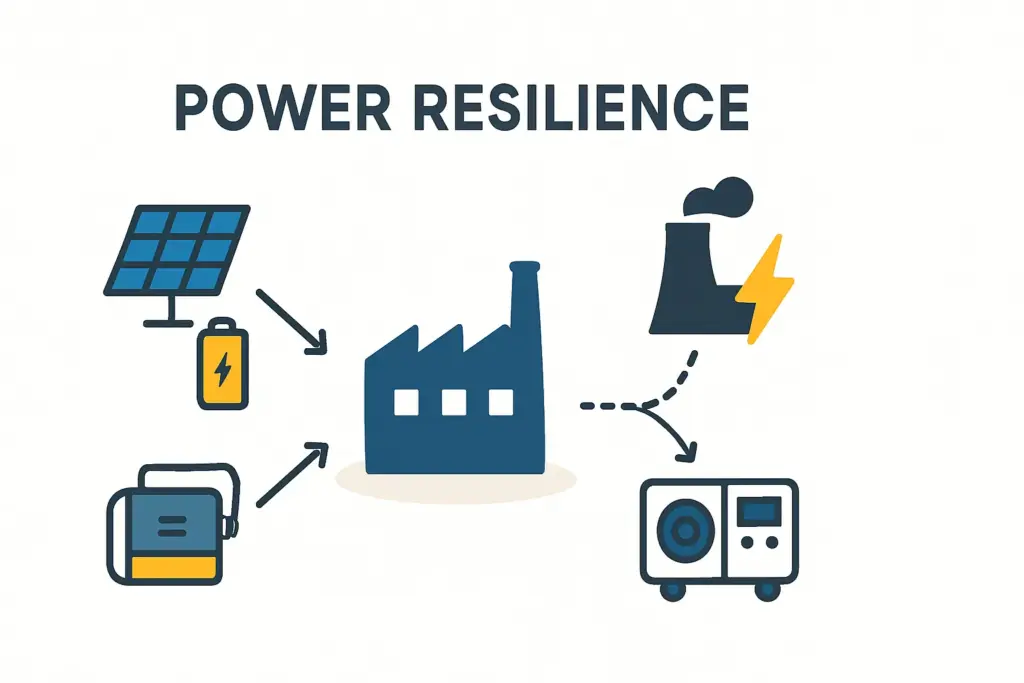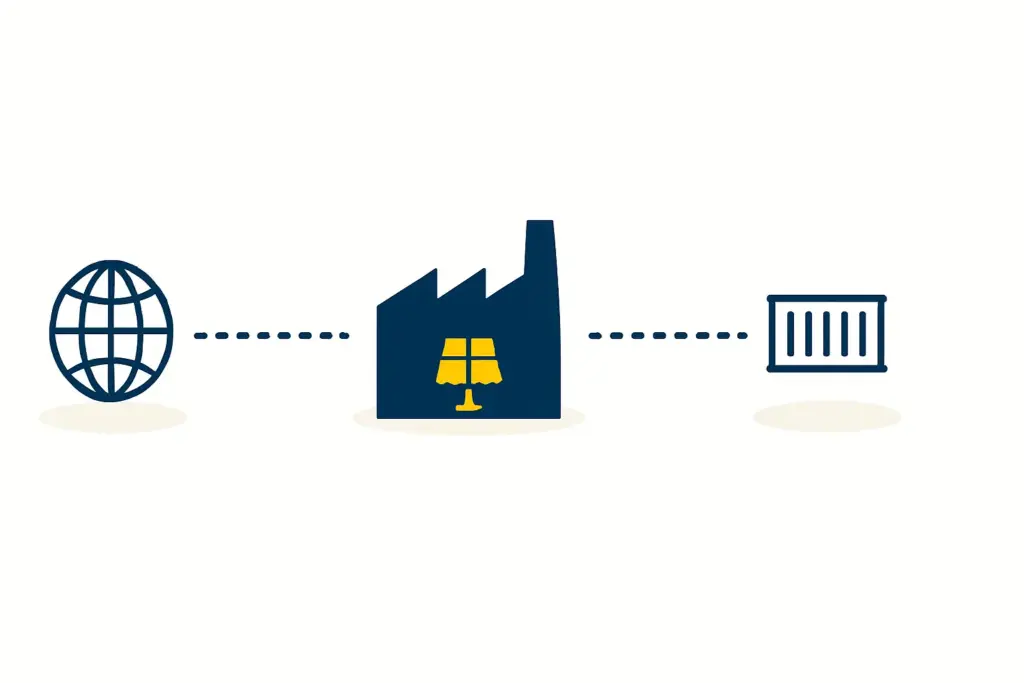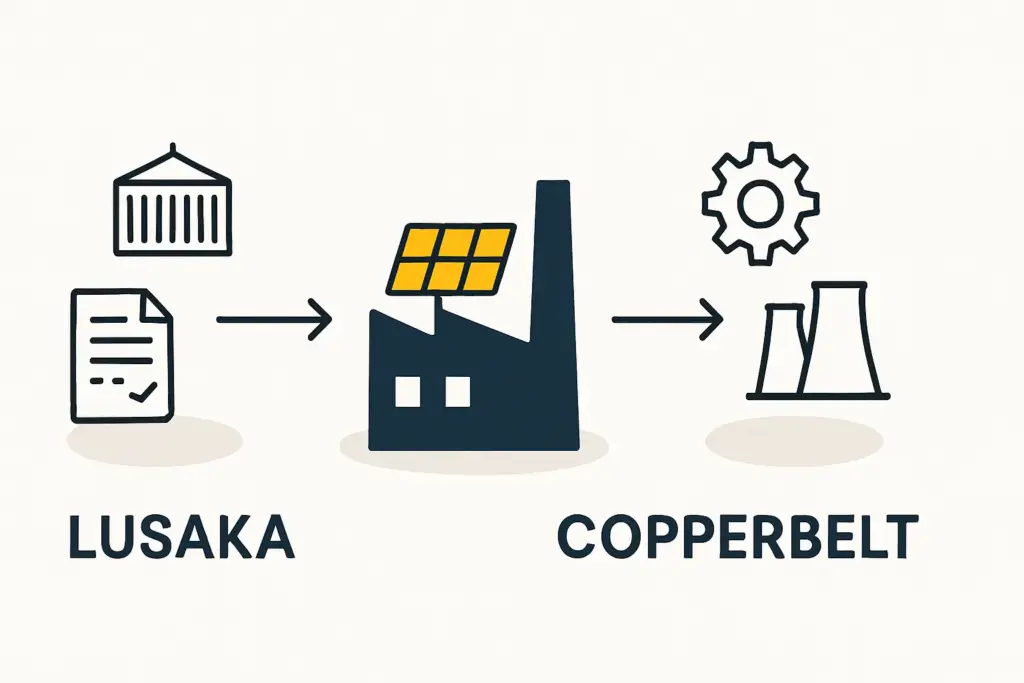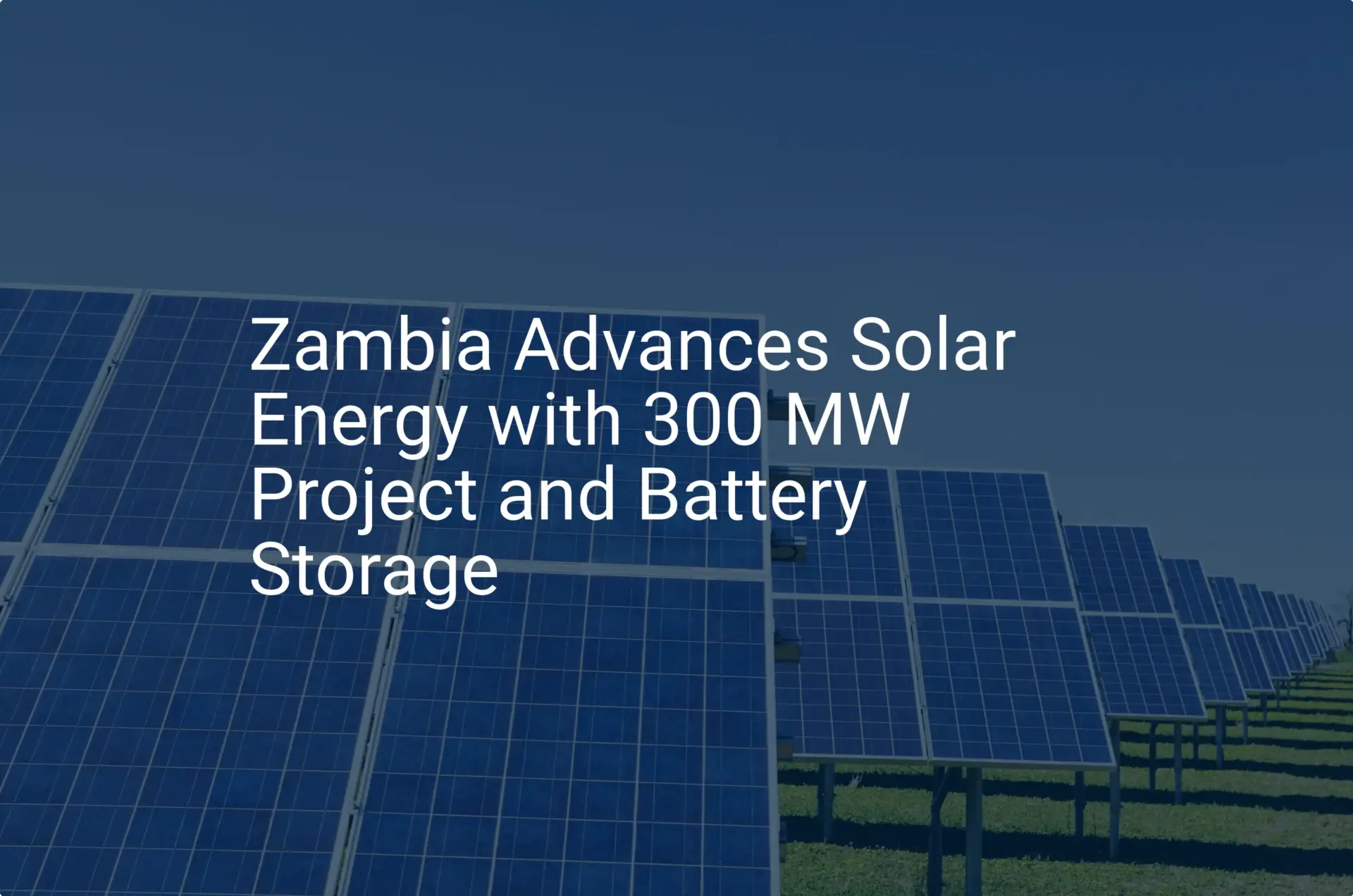Discover comprehensive insights into the statistics, market trends, and growth potential surrounding the solar panel manufacturing industry in Zambia
- Solar Power Potential Zambia. (2019). SmartSolar Zambia. Retrieved from http://www.smartsolar-zambia.com/solar-sector-information/solar-power-potential-zambia/
- Energy Profile of Zambia. (2015). Retrieved from https://www.irena.org/-/media/Files/IRENA/Agency/Statistics/Statistical_Profiles/Africa/Zambia_Africa_RE_SP.pdf
- Global Petrol Prices (December 2022). Zambia electricity prices. Retrieved from https://www.globalpetrolprices.com/Zambia/electricity_prices/
- Statista. Zambia: reliability of the electricity supply. Retrieved from https://www.statista.com/statistics/1316160/share-of-individuals-with-a-reliable-supply-of-electricity-in-zambia/
- says, M. T. C. (2024, May 6). Zambia set for 60 MW/20 MWh of solar, storage. Pv Magazine International. Retrieved from https://www.pv-magazine.com/2024/05/06/zambia-set-for-60-mw-20-mwh-of-solar-storage/
- Admin. (2023, January 18). Zambia to Develop 2GW of Solar Energy. ZambiaInvest. Retrieved from https://www.zambiainvest.com/energy/solar-energy-masdar-mou/
- Mandvi Singh, & Mandvi Singh. (2019, May 7). Zambia awards solar capacity at record low tariff. Down to Earth. https://www.downtoearth.org.in/energy/zambia-awards-solar-capacity-at-record-low-tariff-64364
- Figure 9. Comparison of Zambia’s power tariffs against various cost. . . (n.d.). ResearchGate. https://www.researchgate.net/figure/Comparison-of-Zambias-power-tariffs-against-various-cost-benchmarks_fig6_228304217
- Energy Regulatory Board (2023) – Zambia Installation Capacity 2023. Retrieved from https://www.erb.org.zm/wp-content/uploads/files/esr2023.pdf
- World Bank (2023). ZAMBIA | Beyond Connections: Energy Access Diagnostic Report Based on the Multi-Tier Framework. https://documents1.worldbank.org/curated/en/477041572269756712/pdf/Zambia-Beyond-Connections-Energy-Access-Diagnostic-Report-Based-on-the-Multi-Tier-Framework.pdf
- Jowett, P. (2024, May 17). Zambian IPP launches tender for 50 MW of solar. Pv Magazine International. https://www.pv-magazine.com/2024/05/17/zambian-ipp-launches-tender-for-50-mw-of-solar/
- Takouleu, J. M. (2023, February 23). ZAMBIA: A 33 MWp solar photovoltaic power plant goes into operation in Kitwe. Afrik 21. https://www.afrik21.africa/en/zambia-a-33-mwp-solar-photovoltaic-power-plant-goes-into-operation-in-kitwe/
- Zambia’s Copperbelt Energy inaugurates 60MW solar PV plant | African Energy. (n.d.). African Energy. https://www.africa-energy.com/live-data/article/zambias-copperbelt-energy-inaugurates-60mw-solar-pv-plant
- Wikipedia contributors. (2024, April 25). Itimpi Solar Power Station. Wikipedia. https://en.wikipedia.org/wiki/Itimpi_Solar_Power_Station
- Liaokerblom. (2023, December 18). Tenth portfolio company in Zambia scaling up access to energy through mini-grids | Nefco. Nefco. https://www.nefco.int/news/tenth-portfolio-company-in-zambia-scaling-up-access-to-energy/
- Standard, G. (n.d.). Gold Standard latest News. Gold Standard. https://www.goldstandard.org/news/project-spotlight-light-after-dark-zambia
- says, M. T. C. (2024, May 6). Zambia set for 60 MW/20 MWh of solar, storage. Pv Magazine International. Retrieved from https://www.pv-magazine.com/2024/05/06/zambia-set-for-60-mw-20-mwh-of-solar-storage/
- Zambia Design Engineer Average Salary in Zambia 2024 – The complete guide. (n.d.). https://www.salaryexplorer.com/average-salary-wage-comparison-zambia-design-engineer-c242j257
- Average solar engineer salary in Zambia for 2024. (n.d.). World Salaries. https://worldsalaries.com/average-solar-engineer-salary-in-zambia/
- Zambia population (2024) – Worldometer. (n.d.). https://www.worldometers.info/world-population/zambia-population/#google_vignette
- Hire and pay employees in Zambia. (n.d.). https://www.deel.com/employees/zambia
- Water Tariffs in Zambia : http://www.ewsc.co.zm/docs/2017-approved-tarrif-schedule.pdf
- Industrial property to rent in Chinika. (n.d.). https://www.property24.co.zm/industrial-property-to-rent-in-chinika-114360141
- 57 commercial properties to let in Lusaka | Seeff Zambia. (n.d.). https://www.seeff.co.zm/results/commercial/to-let/lusaka/
- Subsidies for solar in Zambia. (2019). SmartSolar Zambia. Retrieved from http://www.smartsolar-zambia.com/solar-sector-information/subsidies-for-solar-in-zambia/
- Renewable Energy Strategy and Action Plan – Renewable Energy Feed-in Tariff (REFiT) Strategy, Zambia. https://www.moe.gov.zm/wp-content/uploads/2022/08/Renewable-Energy_final-file_for-web.pdf
- Wikipedia contributors. (2024, April 25). Zambia Riverside Solar Power Station. Wikipedia. https://en.wikipedia.org/wiki/Zambia_Riverside_Solar_Power_Station
- Energy Laws and Regulation – Zambia . https://www.globallegalinsights.com/practice-areas/energy-laws-and-regulations/zambia/
- Renewable Energy Regulation – Zambia . https://www.erb.org.zm/renewable
- Projects – REA. (n.d.). https://www.rea.org.zm/projects/
- SmartSolar Tanzania. (2019, April 15). Solar companies in Zambia | SmartSolar Zambia. SmartSolar Zambia. http://www.smartsolar-zambia.com/solar-sector-information/solar-companies-in-zambia/
- ENF Ltd. (n.d.). ENF Ltd. https://www.enfsolar.com/directory/installer/Zambia





